Life is a tragedy when seen in close-up, but a comedy in long-shot
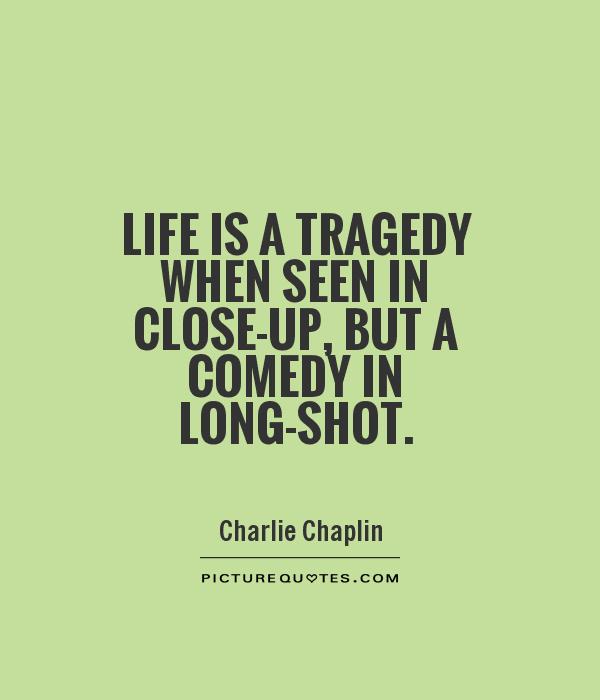
Life is a tragedy when seen in close-up, but a comedy in long-shot
Charlie Chaplin, the iconic silent film star and comedian, once famously said, “Life is a tragedy when seen in close-up, but a comedy in long-shot.” These words encapsulate the essence of Chaplin’s unique perspective on life and the human experience. Throughout his career, Chaplin used his art to explore the complexities of the human condition, often blending humor with pathos to create a poignant and thought-provoking commentary on society.In the context of Chaplin’s words, it can be interpreted that when we are too close to the struggles and hardships of life, it can feel overwhelming and insurmountable. The day-to-day challenges, disappointments, and heartbreaks can weigh heavily on us, making it difficult to see beyond the immediate pain and suffering. However, when we take a step back and view our lives from a broader perspective, we may find that the struggles we face are just a small part of a much larger and more complex narrative.
Chaplin’s films often depicted the struggles of the working class, the injustices of society, and the resilience of the human spirit in the face of adversity. Through his iconic character, the Tramp, Chaplin was able to convey deep emotions and social commentary without uttering a single word. His ability to blend humor with tragedy allowed audiences to connect with his characters on a deeply emotional level, while also finding moments of levity and joy in the midst of despair.
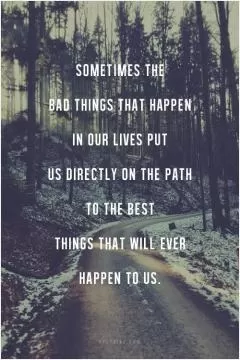



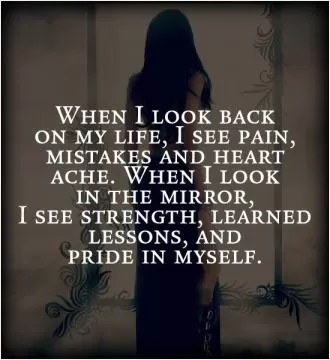

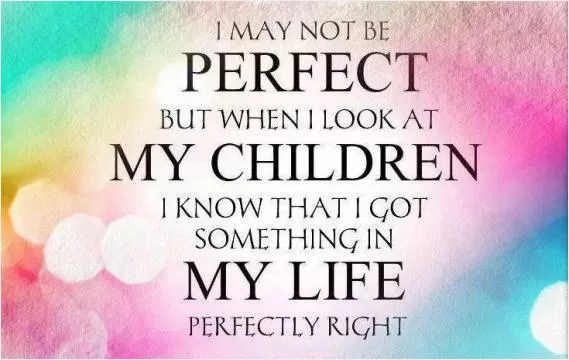


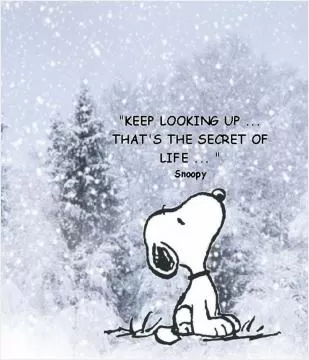


 Friendship Quotes
Friendship Quotes Love Quotes
Love Quotes Life Quotes
Life Quotes Funny Quotes
Funny Quotes Motivational Quotes
Motivational Quotes Inspirational Quotes
Inspirational Quotes